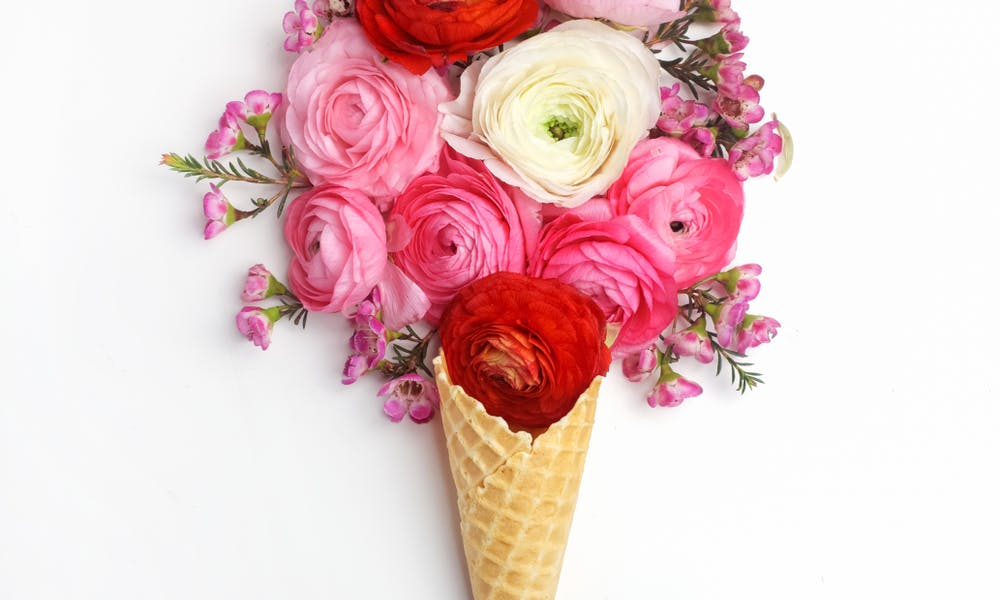The cone flower is a beautiful herbaceous perennial plant in the daisy family. Commonly known as “Echinacea,” the flower is often assimilated to “Rudbeckia.” However, the cone flower has its qualities, properties, and its flower, which are purely original.
The cone flower is a medicinal plant that is very useful in the prevention and treatment of infection. The root of the plant generally improves the ability to fight off infections of the lower respiratory tract, urinary tract, and to prevent flu or colds. When growing, the plant prefers sunny areas to develop, and it can be planted singly or as a mixture in a flower bed.
In this article, we are going to learn more about the specific properties of the cone flower including the following:
- Description
- Species and varieties
- Usage
- Planting
- Cultivation and care
- Medicinal properties
- Side effects
Description
Echinacea is a perennial plant that can reach up to 1 meter tall. It is known to be an aromatic, medicinal, but also an ornamental plant. Its flowers can be yellow, pink, red, orange, or even white depending on the variety and blooming extends from June to September. Also, each flower has a central cone, sometimes of a different color than the petals.
The foliage of the cone flower is deciduous and green in color. At maturity, this plant can reach 1.50 meters high and 60 centimeters wide.
Echinacea belongs to the Asteraceae family like daisies and asters. The plant is native to North America, where it likes in the plains. The name of the genus Echinacea comes from the Greek echino meaning “thorn” concerning the heart of the flower, which is slightly thorny. Echinacea is sometimes wrongly named “purple rudbeckia.” In appearance, the foliage looks the same, although they are two different genera.
Species and Varieties
The genus Echinacea comprises around nine species with a wide range of colors and shapes. The most cultivated is undoubtedly Echinacea purpurea, a trendy plant, of which there are now over 100 varieties. Today, the flowers have grown in diversity and originality. However, some varieties are no longer rustic and hardy.
There are a small number of other Echinacea species, some of which are also available in a few types.
Usage in the Garden
Honey garden: The flowers of echinacea are very sweet, like honey, and attract many pollinating insects like the bees. If you choose to make a garden or simply a honeybee attraction area, the echinacea can allow you to feed the insects while enjoying an incredible and abundant flowering plant during the summer. Vary the colors of echinacea for an even more impressive result.
Bird refuge plant: In addition to feeding the insects during the summer season, the flowers give seeds that can feed the few birds in your garden during the winter. Are you looking for plants that are ideal for the biodiversity of your garden? Echinacea is there for you!
Planting
It would be best if you expose the cone flower to enough sunlight. It grows in all types of soil, even if it prefers fertile, well-drained soils during the summer.
Once well established, it tolerates drought periods very well. It is also resistant to the cold of severe winters.
Often sold in pots, Echinacea can be planted all year round in the garden, apart from frost periods and drought.
You should sow the seeds in spring, adding decomposed compost when preparing the soil. In a pot, adopt a rich mixture that keeps the garden soil fresh with a little sand if you can get it.
Cultivation and Care
Cone flower is a plant intended for all gardeners, even beginners! Once planted, it requires little care. First of all, cut the wilted flowers regularly to encourage the production of other flower stems. Second, to stimulate flowering, you should water during dry periods. As with many perennials, the strain depletes as it ages. Every five years, dig up the plants in the spring, as soon as their vegetation starts again. Then, cut the stumps into several pieces that you can replant immediately.
The cone flower is a generous flowering plant that can thrive in almost any condition, but they do love some fertilization. Thus, make sure to add compost in the fall or spring.
Medicinal Properties
Echinacea is an incredible medicinal plant. It helps to strengthen the immune system, fight chronic fatigue, winter diseases, viruses, bacteria, parasites, and increases the production of very resistant white blood cells.
Its origin dates back over 3000 years of use by American Indian traditional medicine, which is widely known as one of the oldest medicines in the world.
Recent scientific studies have highlighted powerful benefits to stimulate and strengthen all immunity and increase the production of T lymphocytes: very resistant killer cells.
Side Effects
As a precaution, you should avoid echinacea for young children and pregnant women. Some rare side effects increase the elimination of toxins.
Echinacea is generally well-tolerated, but it can cause the following side effects: headache, dizziness, gastrointestinal upset, and hypersensitivity reactions (e.g., rashes). In high doses, it can be toxic to the liver.
Echinacea has been used for thousands of years. Its use and its side effects are well known. The plant is safe and used daily by many people in the United States, Canada, and Europe.
People allergic to plants of the Asteraceae family (or daisy family) are likely to suffer from an echinacea allergy. For some scientists, taking echinacea during pregnancy or breastfeeding is safe and secure. On the contrary, some authors recommend avoiding echinacea in the case of pregnancy, due to the absence of complete toxicological data
Echinacea is an essential herb against winter respiratory infections. Not only does the plant act on white blood cells, but it also ensures a good distribution of these blood cells to the concerned organs. It guarantees effective cleaning through lymphatic stimulation. The plant is easy to cultivate and can brighten your garden with its small purple color.
